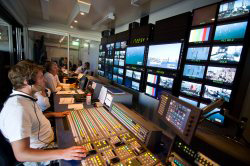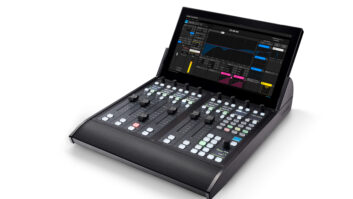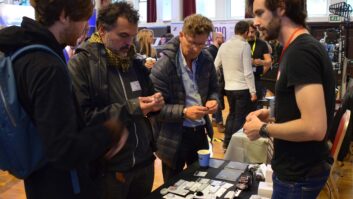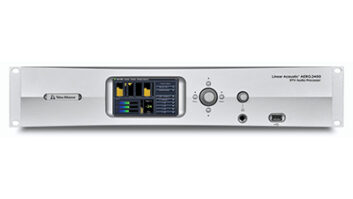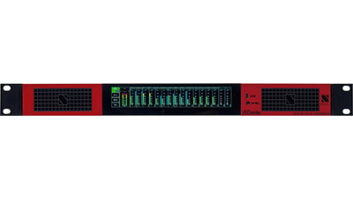The AES has scheduled two linked lectures to be held at the Royal Academy of Engineering, London in January and February that focus on the knotty issue of audio/video sync in digital TV.
The first lecture is on Tuesday 12th January and will be given by Andy Quested, Head of Technology, BBC HD. Titled ‘Who’s the Bad Guy Now? Maintaining Audio/Video Sync in Today’s Broadcast Environment’, Quested will highlight some of the audio/video synchronisation issues that the BBC HD channel has had to deal with, and will outline the measures it is taking to put audio back into its rightful place.
“To complain that “the audio is out of sync” was, in the past, doing audio an injustice,” reads the synopsis. “The use of visual effects units, time base correctors and other digital processing in the video chain, while the audio continued to pass through an analogue signal path, meant that it was, in fact, the video which was usually out of sync. However, the move to digital audio processing, and in particular surround sound broadcasting – which often requires six channels to be passed through a two-channel infrastructure – has significantly moved the goal posts. The advent of HD, with its more clearly defined imaging, has exacerbated the problem.”
The following lecture, ‘Synchronising the Synchronisation Standards’, is on Tuesday 16th February 2010 and will be given by Dr John Emmett, Broadcast Project Research.
Here’s the synopsis: “”It’s all right leaving me” was a statement that could be verified in the analogue television world with a simple ‘scope and headphones. Today, such a statement would need to have several riders added, maybe starting with: “Provided you open it in such a way, unpack and decode the streams in such a way…” The all pervading economic advantages of using an entirely digital commodity (IT) workflow have left us desperately stringing together a number of ‘standards’ originally created for applications far removed from live television.
“Somehow we need to interpret the ‘standards’ used in all the different technical areas involved in television. We do this by making ‘recommendations’ which are not only clearly understood by television engineers, but also by possibly transient commodity electronics software designers belonging to a range of other technical cultures, languages and countries. Dr Emmett takes a look at the changing world of standards and recommendations in which he has been involved for nearly thirty years.”

